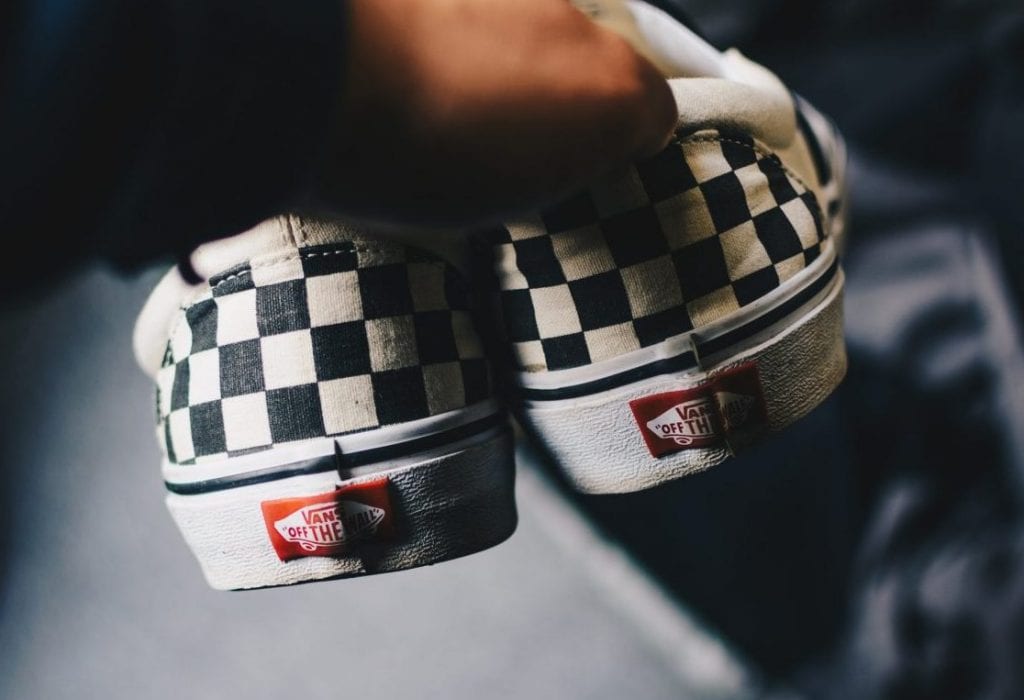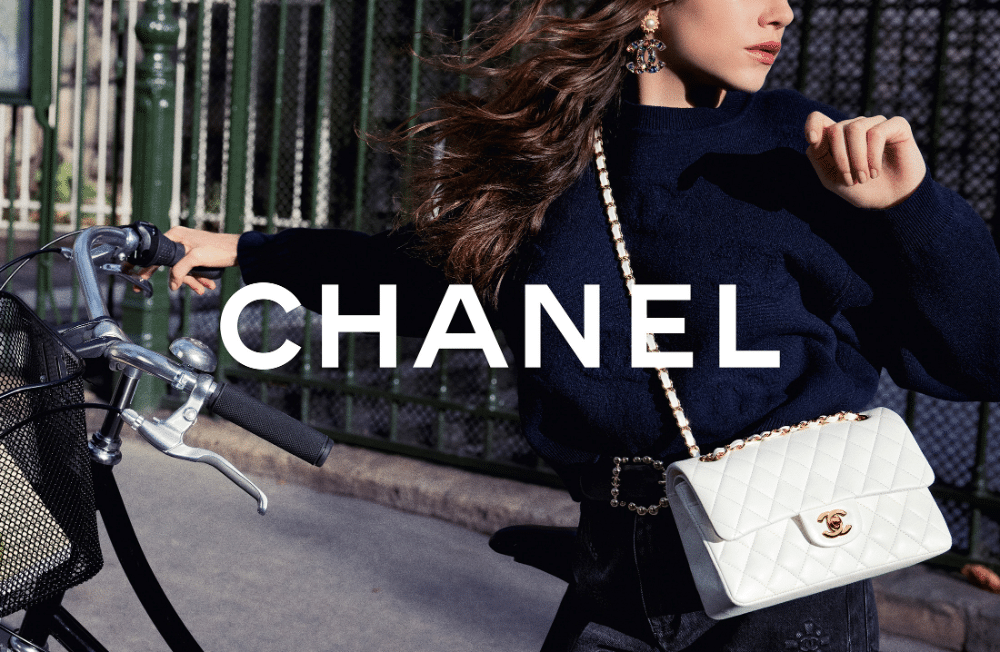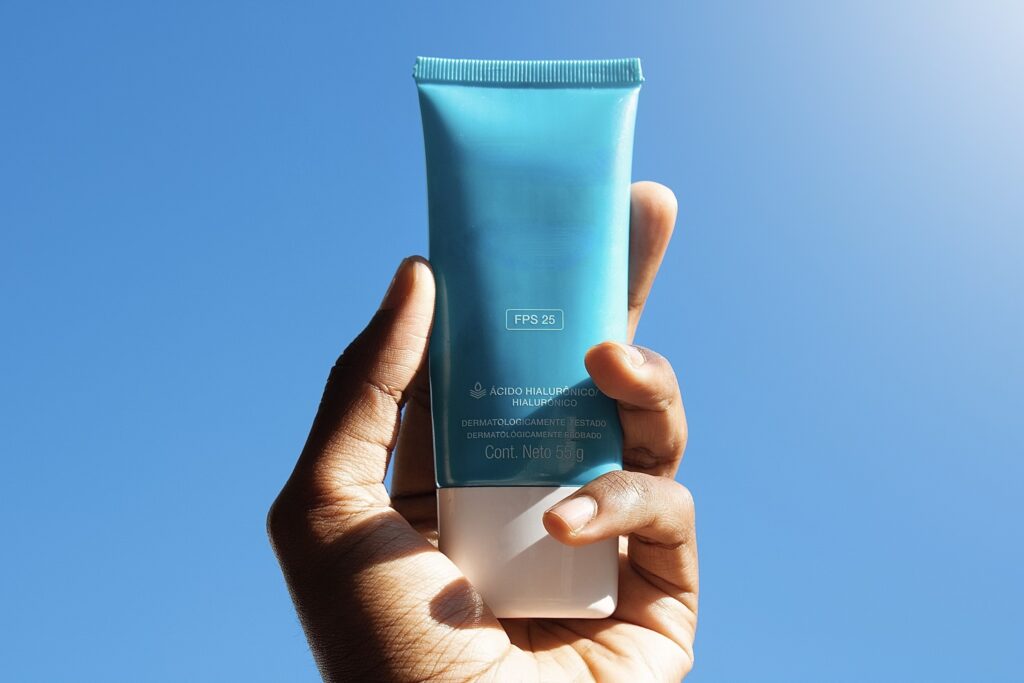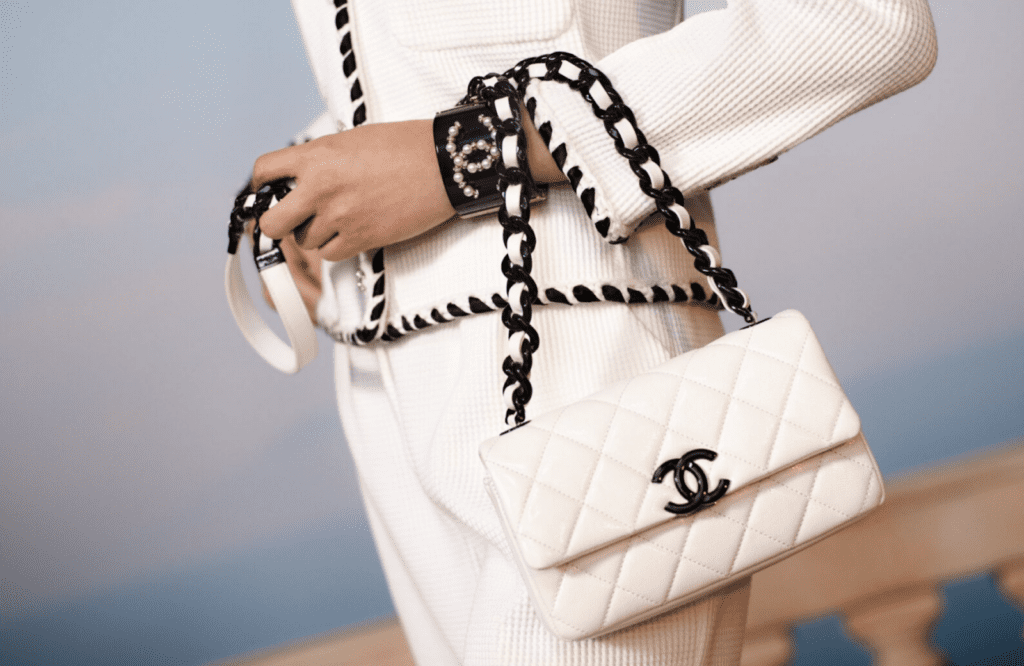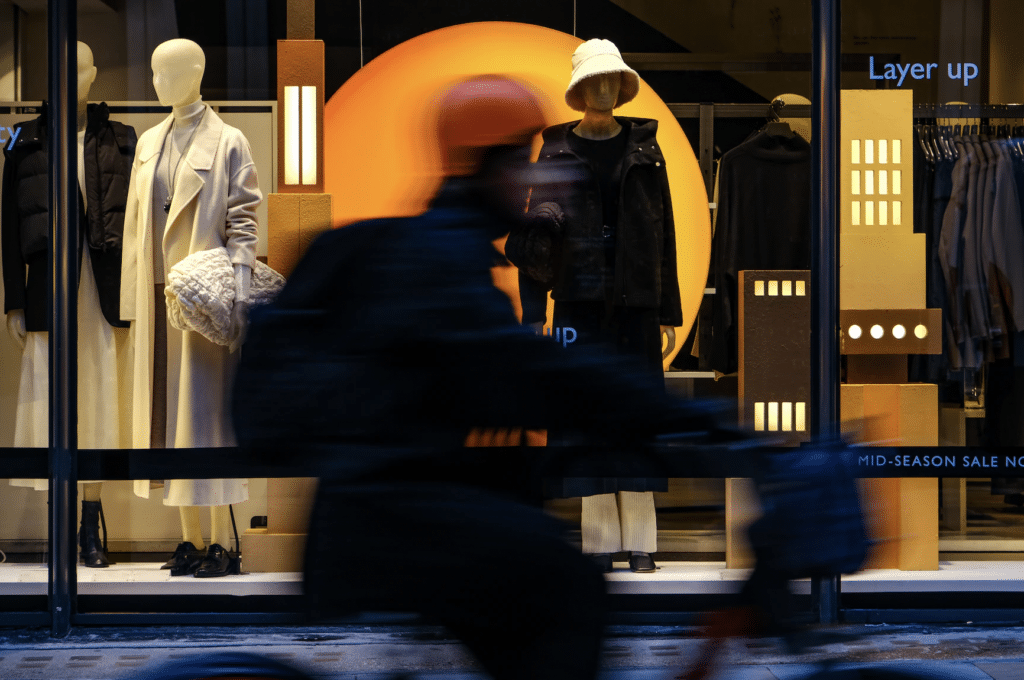In 2017, Vans began making track pants that feature a checkerboard stripe running down the sides of the legs. Hardly an arbitrary design decision, the Orange County, California-based footwear company was playing on the checkerboard pattern that has famously adorned its slip-on sneakers since the 1970s when Steve Van Doren, son of Vans founder Paul Van Doren, adopted the canvas design after seeing young skateboarders drawing similar prints on the sides of their own sneakers with black Sharpie markers.
In much the same way as the American sneaker brand looked to the U.S. Patent and Trademark Office (“USPTO”) for registrations for other uses of the checkerboard mark, including its placement on the upper of sneakers, on the upper of a slide sandal, on garments, generally, and in connection with its VANS “OFF THE WALL” logo, among others (many of those applications are still pending), it filed an application for this specific application of the checkerboard on pants. Specifically, the mark “consists of checkerboard pattern running down the leg of pants, sweatpants, trousers, leggings, capris, or shorts,” according to the application, which counsel for Vans filed in November 2018.
Following a few rounds of back-and-forth between a USPTO examining attorney and Vans, namely on the basis that the mark is “merely a decorative or ornamental feature of applicant’s clothing” and “does not function as a trademark to indicate the source of applicant’s clothing,” the USPTO granted the registration to Vans for use of the mark on “apparel, namely, bottoms” on April 7, 2020. However, with the foregoing concerns in mind, the USPTO refused to register the mark on the Principal Register, but agreed to put it on the Supplemental Register, a secondary register for non-distinctive trademarks that do not qualify for the Principal Register but that may be capable of acquiring distinctiveness in the future.
Ten days later, Nike came knocking. The Beaverton, Oregon-based sportswear giant was not knocking on Vans’ door, per se; it was looking to the USPTO’s Trademark Trial And Appeal Board (“TTAB”). It wanted the trademark body to shut down Vans’ 10-day-old registration.
In the petition for cancellation that it filed on April 30, counsel for Nike argued that it “will be damaged by continued registration of [Vans’ checkerboard pants] design.” More specifically, Nike argued that since at least the 1980s, it “has sold and continues to sell” apparel products that include “checkerboard patterns of various sizes, shapes, and colors placed in various locations on shirts and pants, such as the front, side, back, and inside thereof.”
For example, Nike says that it “released a John McEnroe tennis collection in the 1980s that used checkerboard designs inspired by the taxicabs of Mr. McEnroe’s hometown.” More recently, it says that it “collaborated with fashion brand Off-White on a soccer collection that uses checkerboard designs in connection with apparel and related advertisements.”
Beyond its own uses of a checkerboard print that predates Vans’ use, Nike claims that “other entities” – such as Calvin Klein, Levi’s, Stella McCartney, and Tommy Hilfiger, among many others – “also commonly use checkerboard designs as ornamentation on apparel, including checkerboard patterns of various sizes, shapes, and colors placed on the front, side, and back of apparel, including pants.”
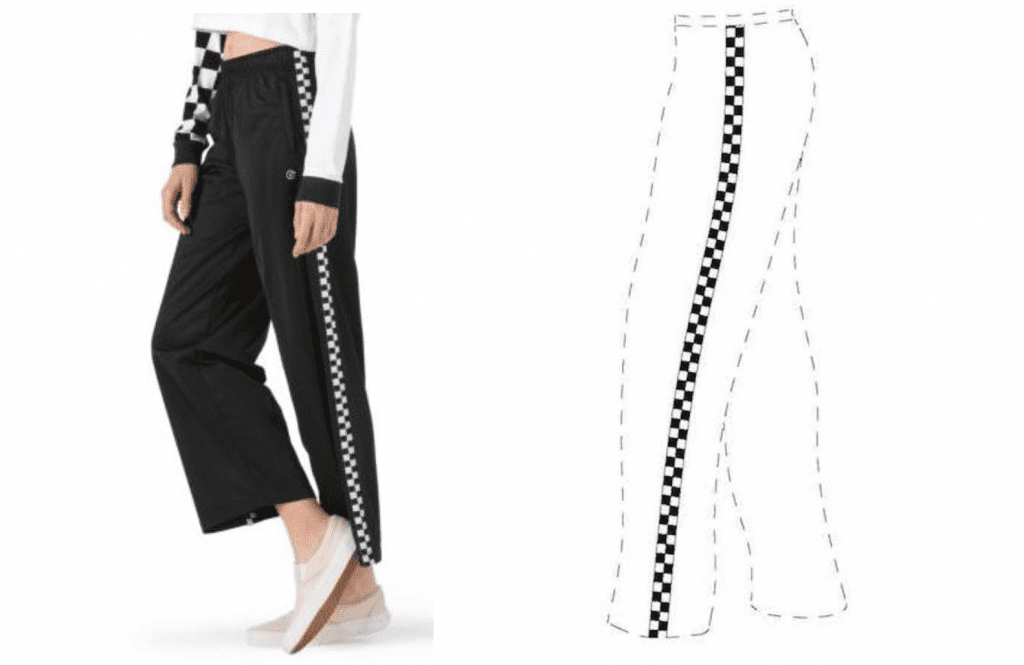
Against that background, Nike claims that the “checkerboard pattern is a design element that is purely decorative or purely ornamental when used in connection with apparel, including bottoms, and is not capable of distinguishing goods and services, and thus, does not and cannot, function as a trademark.” In other words, “Consumers do not, and cannot, perceive the checkerboard pattern as having any source-identifying significance,” which is problematic for Vans, as the alleged trademark does not “distinguish [Vans’] clothing from [the clothing of] others.”
Additionally, Nike argues that Vans’“attempts to broadly register checkerboard designs in connection with apparel (e.g., [its various] checkerboard applications) show its intent to impede the ability of others to use checkerboard designs in connection with apparel.” And registration of the checkerboard pattern, even on the Supplemental Register, per Nike, “will provide [Vans] with a tool that it can wield against others who have used – and continue to use – checkerboard designs,” thereby, “impeding [Nike’s] (and the public’s) ability to use common design elements that it has long used.”
At the same time that it filed the petition for cancellation (which – if successful – would remove the registration from the Supplemental Register), Nike notes that it also filed a notice of opposition with the TTAB for a trademark application (no. 88206509) that Vans filed for a mark that consists of a “checkerboard pattern covering the bridge of the foot on socks,” which is currently still pending before the USPTO. Just as Nike argues in its cancellation, it alleges that the socks-specific checkerboard design “fails to function as a mark and the design is not inherently distinctive and has not acquired distinctiveness.” In that matter, Nike is seeking to have the TTAB block the mark from being registered in the first place.
Nike has also opposed an additional checkerboard application filed by Vans, initiating an opposition proceeding in December 2019 in an attempt to shut down Vans’ application (no. 88206513) for a mark that consists of “non-repeating checkerboard pattern consisting of three rows arranged in a rectangular form, with the top and bottom rows consisting of four shaded and three non-shaded squares, and the middle row consisting of three shaded and four non-shaded squares” for use on “apparel, namely, tops, t-shirts, shirts.” That matter is still underway before the TTAB.
In terms of the checkered mark at hand, Vans has since responded to Nike’s cancellation filing by way of a formal answer in which its counsel denies the majority of Nike’s claims, arguing, among other things, that Nike will not be “damaged by the continued registration of the trademark.” The company also “denies that its trademark is ‘common’ in the industry” and “further denies that its trademark ‘does not function as a trademark to indicate the source of [its] clothing and to identify and distinguish [its] clothing from others,” despite what Nike argued in its petition.
And in other checkerboard trademark news, in June, the European Union’s General Court dismissed a decision of the Cancellation Division of European Union Intellectual Property Office, which had invalidated Louis Vuitton’s “Damier Azur” trademark, thereby, enabling the Louis Vuitton registration to remain in force.







